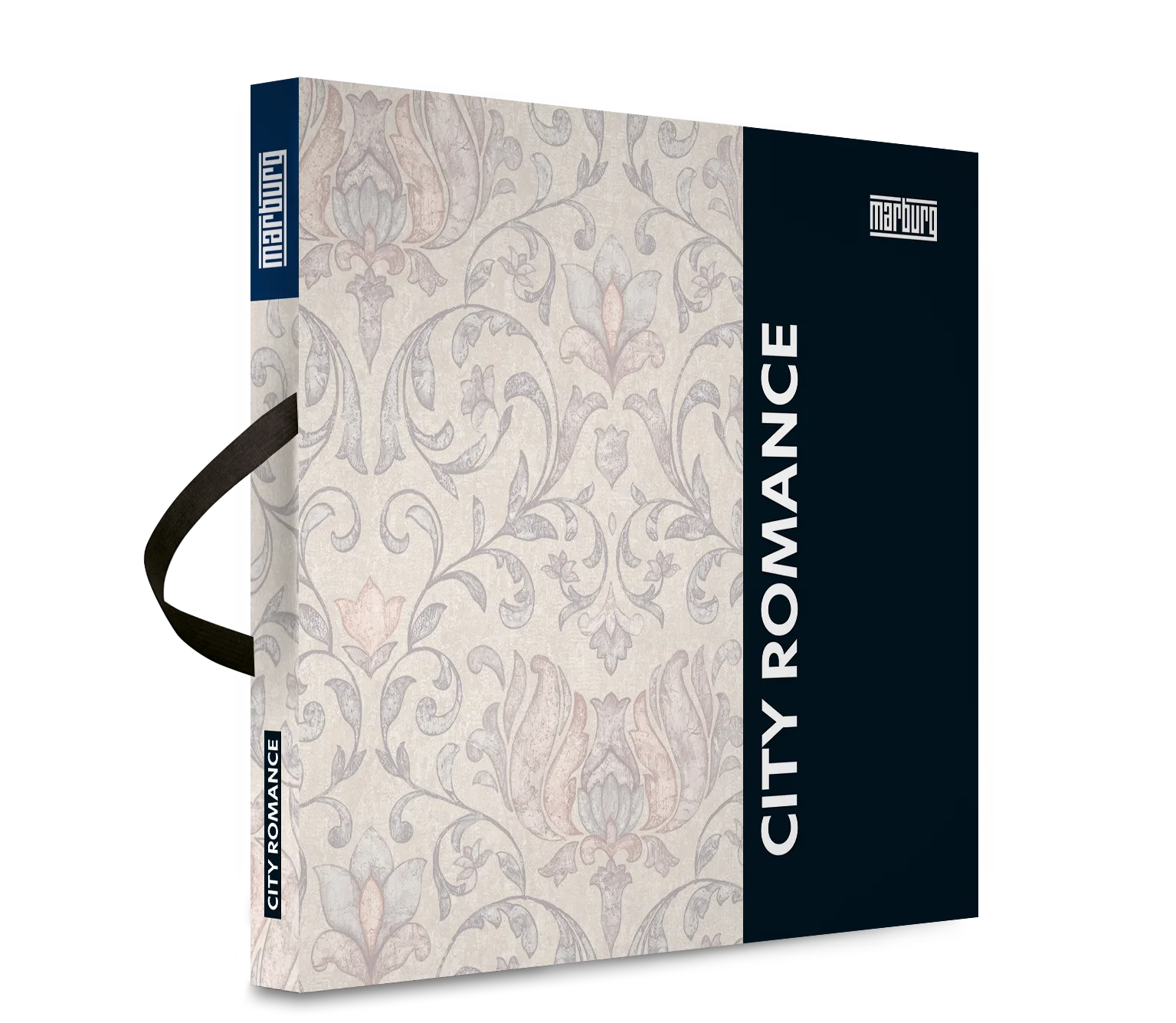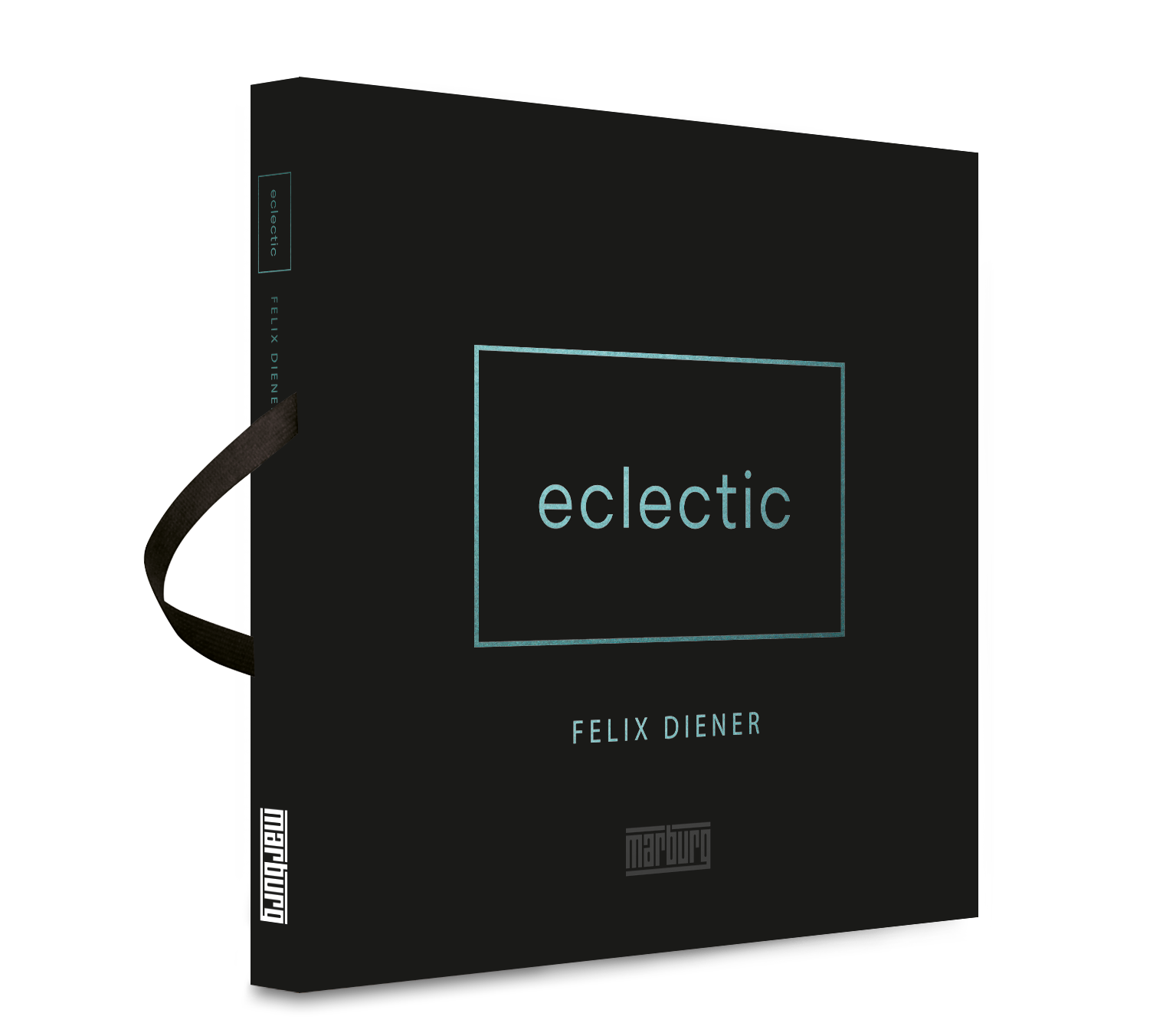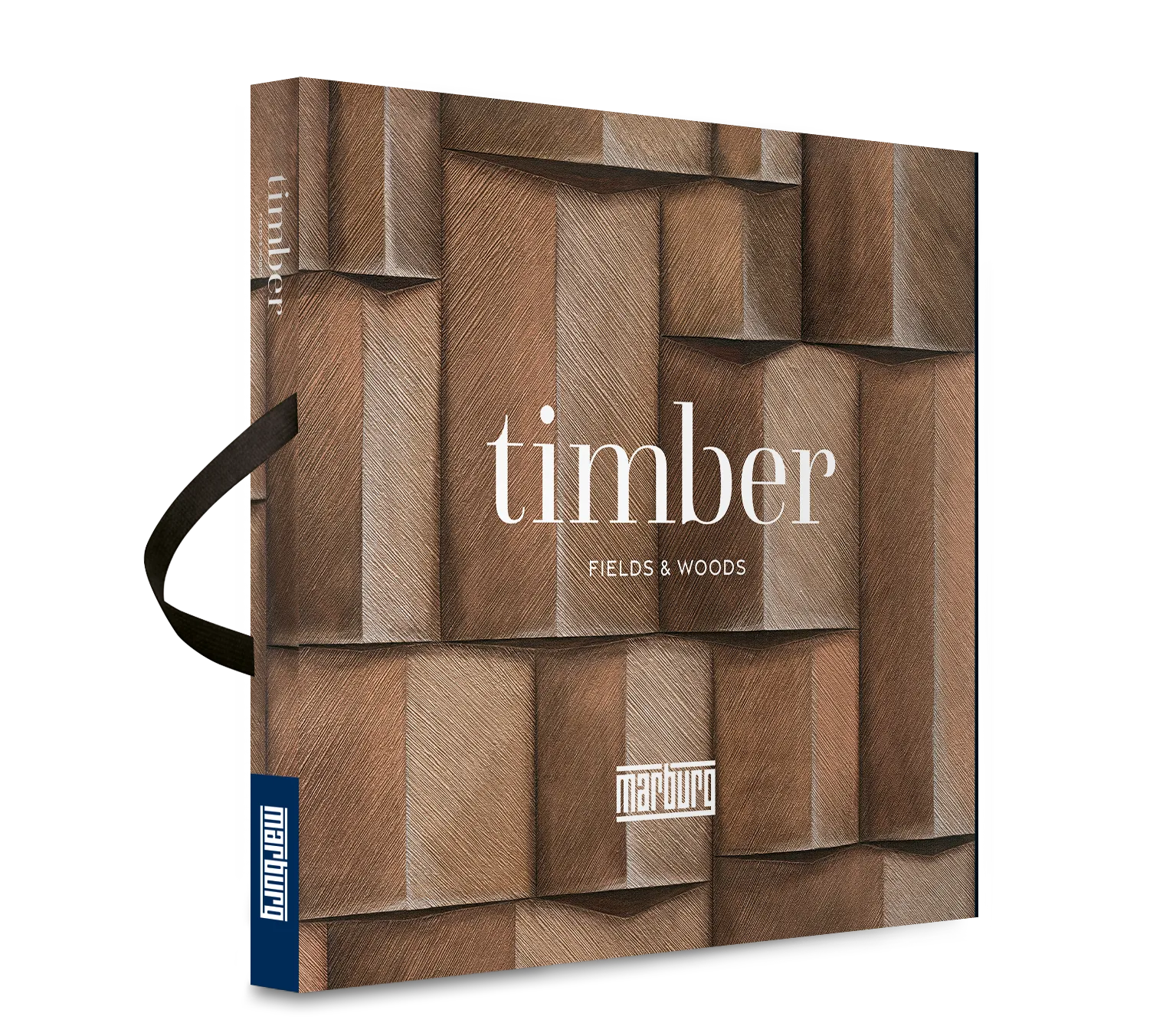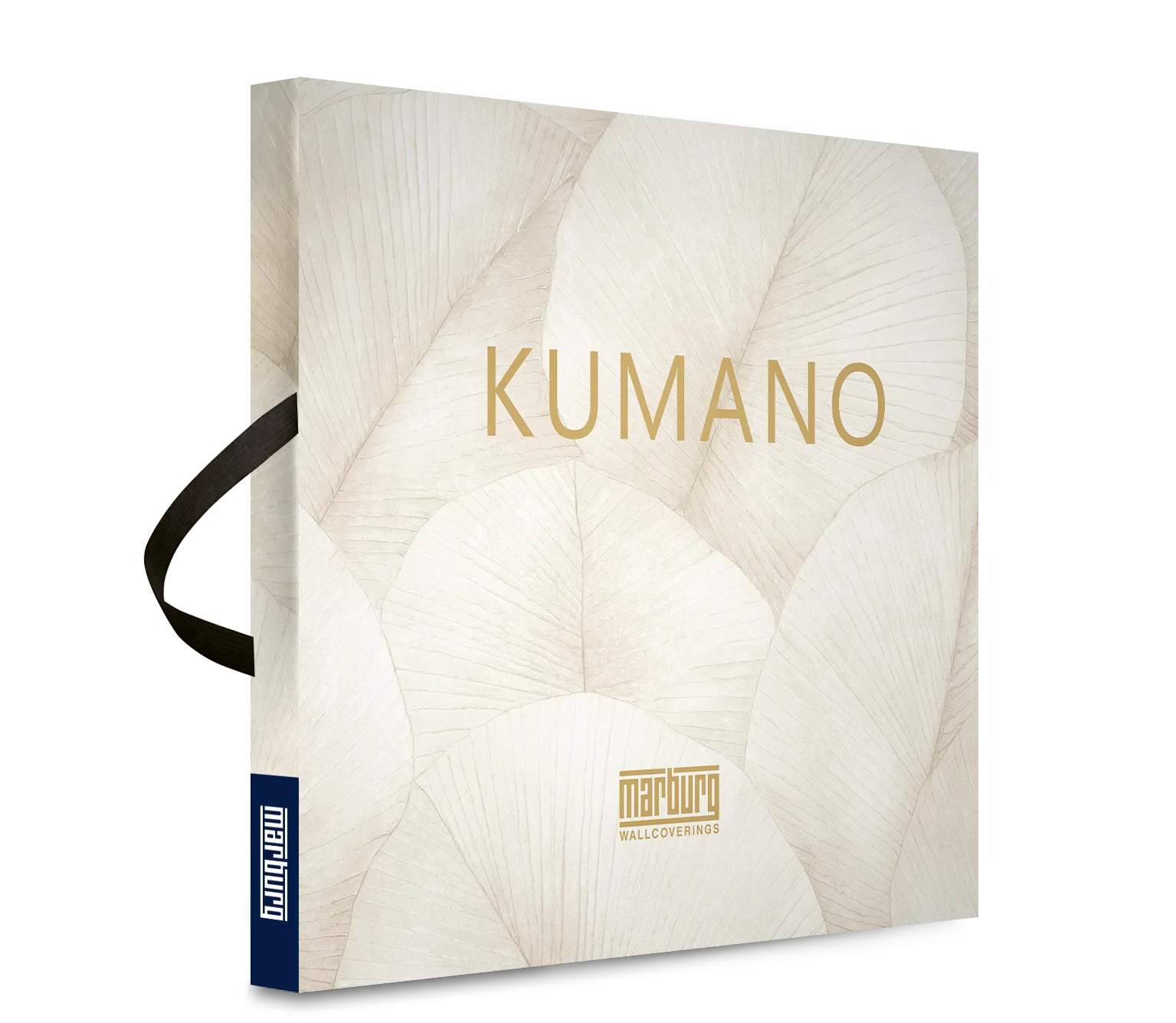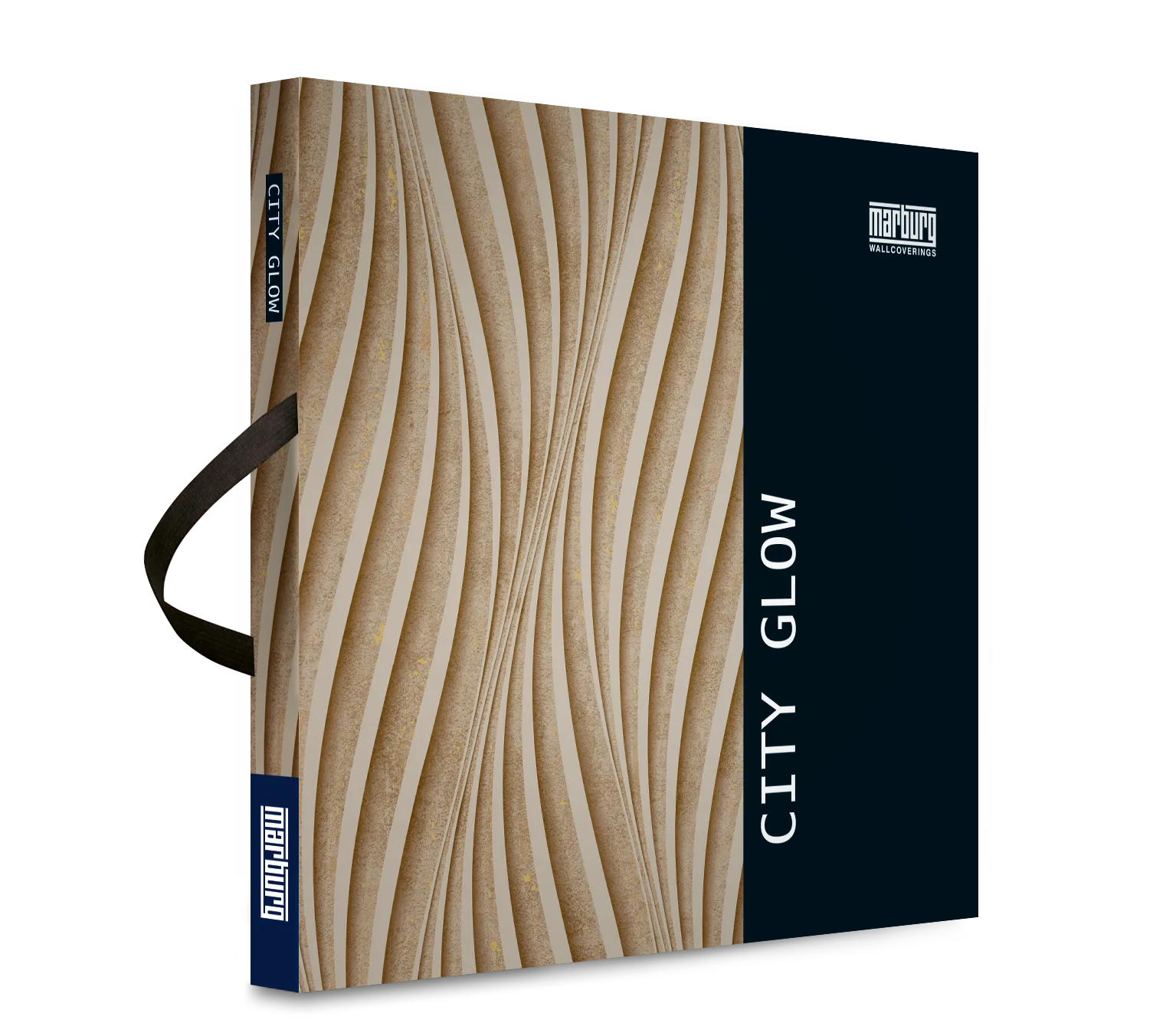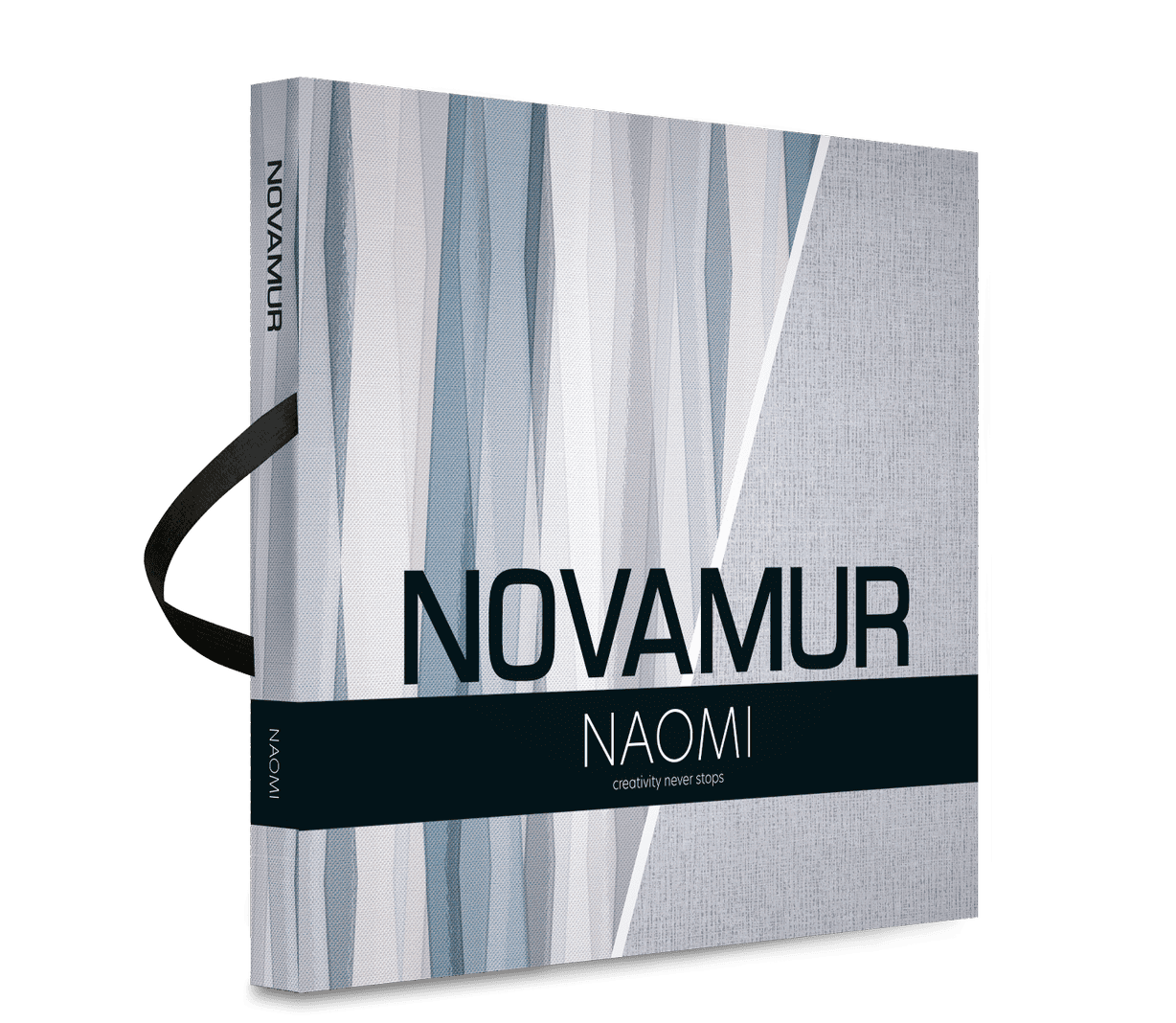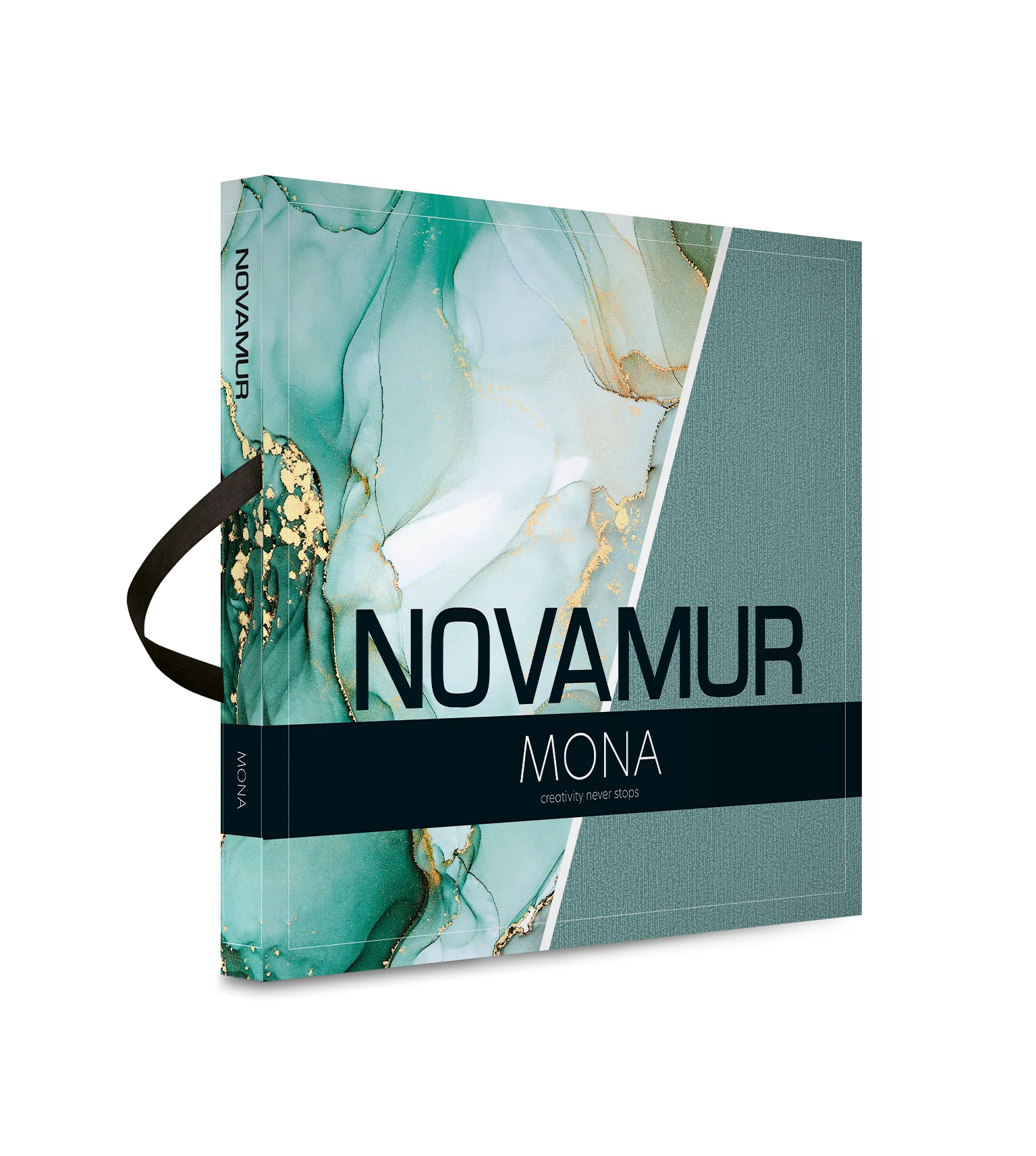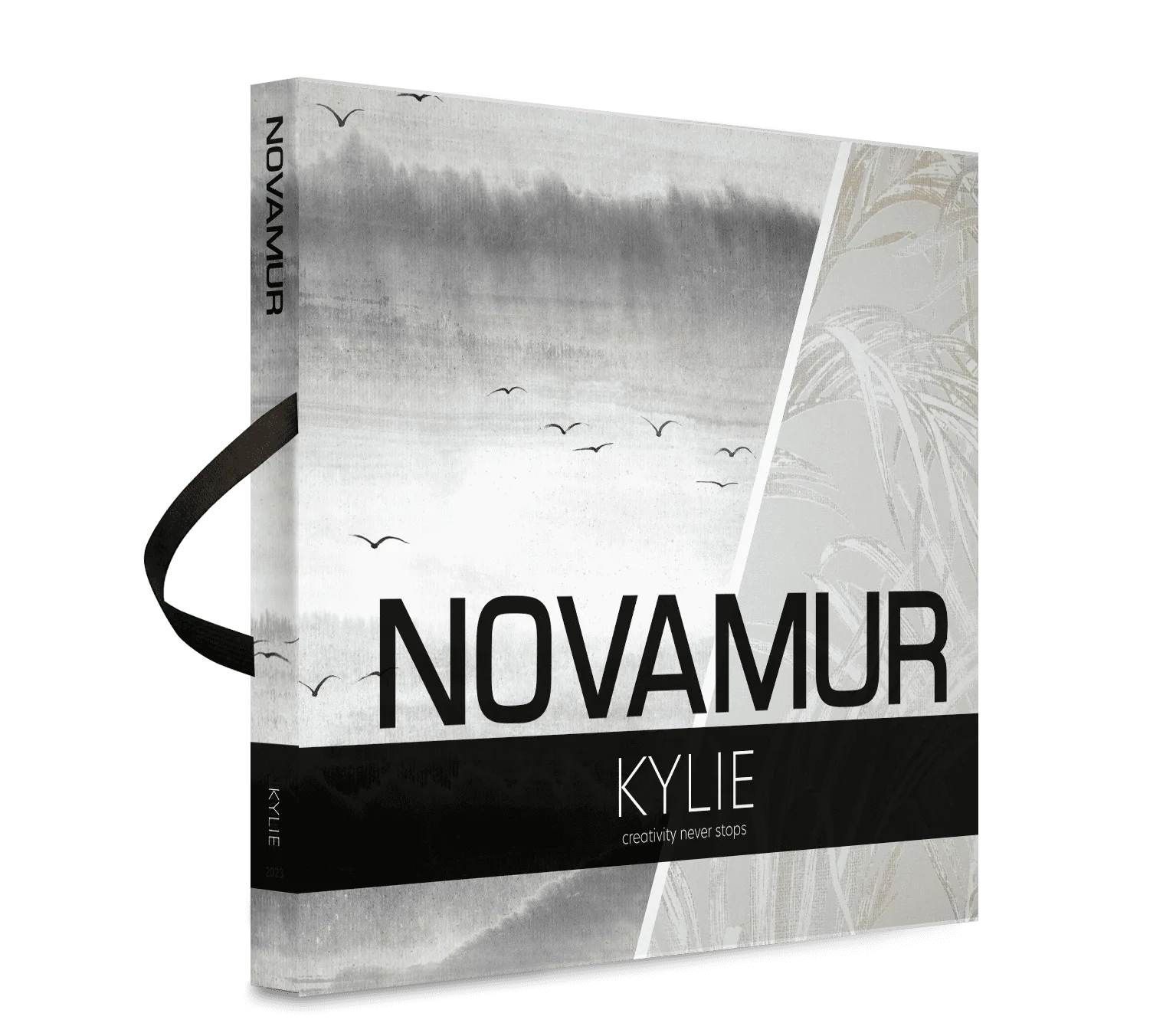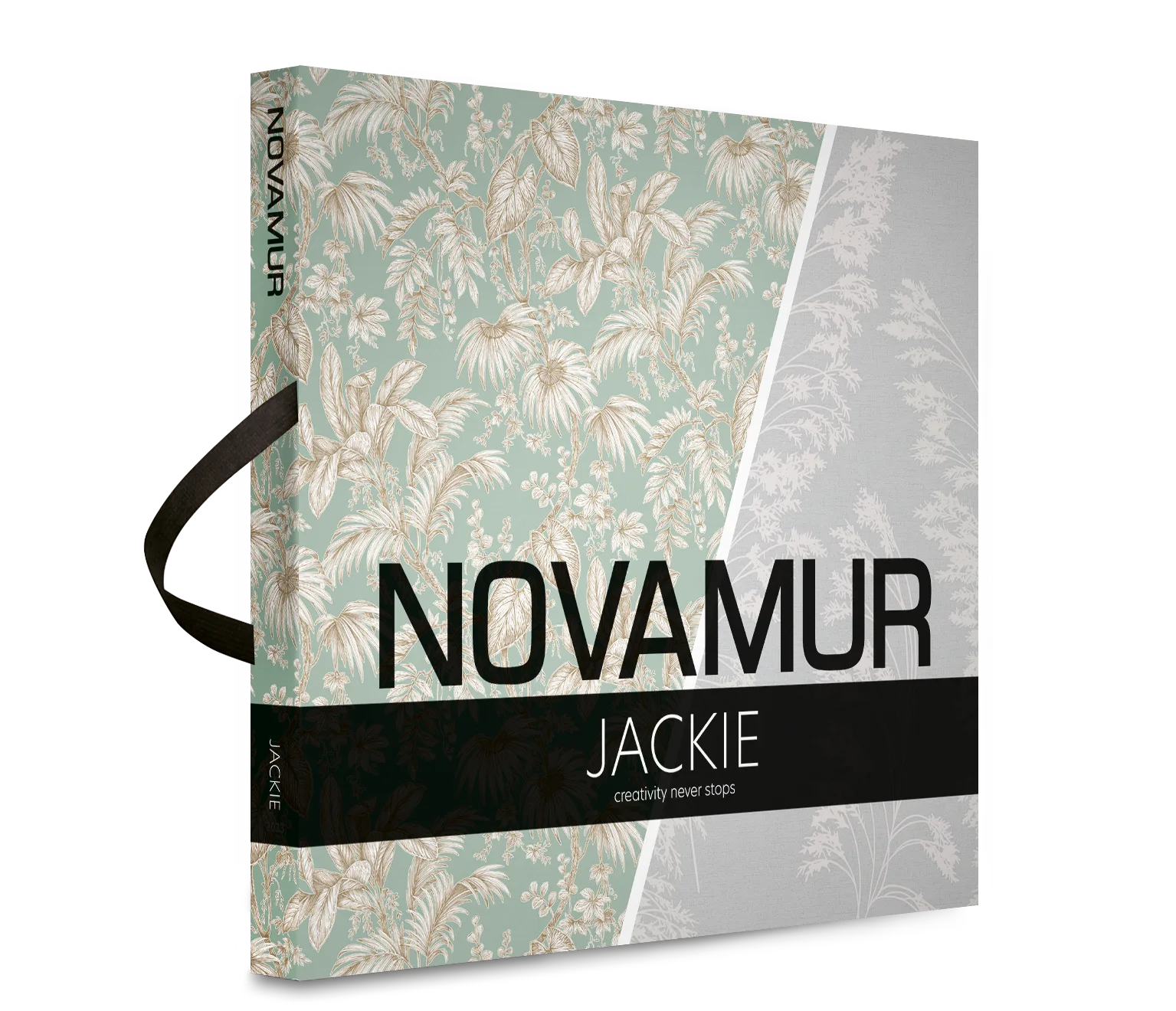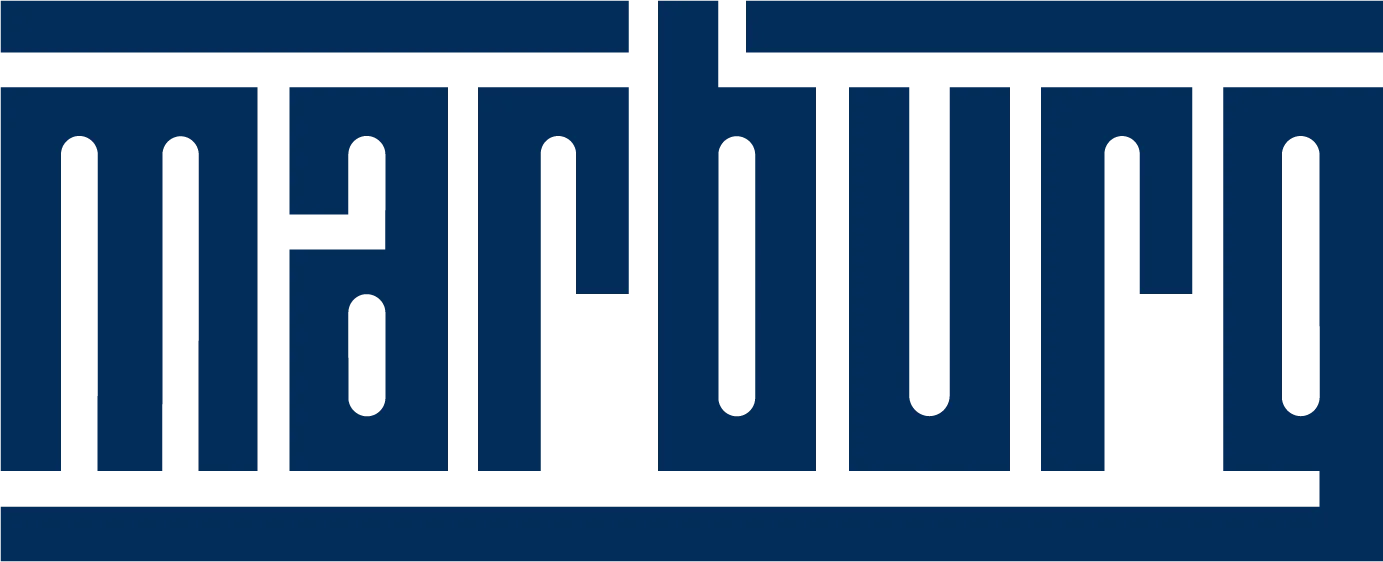FAQ
1. What is meant by "soaking time for wallpaper"?
The process during wallpapering, where the adhesive applied to the wallpaper penetrates the paper and causes the fibers to swell. This causes the wallpaper to expand by about 2.5% in width and 0.5% in length. The required soaking time must be observed, as otherwise, damages like creases or seam splitting can occur.
2. What is meant by wall adhesive technique?
The wallpapering method in which the adhesive is applied to the substrate being wallpapered, and not to the back of the wallpaper.
3. What is a rapport?
A rapport is the repetition of a pattern on the wallpaper strip. There is a distinction between the vertical rapport, which repeats vertically on the strip, and the horizontal rapport, which can repeat multiple times across the width of the strip depending on the pattern type and size.
4. Which adhesive is used for which wallpaper?
There are basically three different types:
1. Normal adhesive: Pure methyl cellulose for bonding all types of paper wallpapers.
2. Special adhesive: Pure methyl cellulose with synthetic resin additives for bonding thicker embossed, smooth vinyl, textured profile, and natural material wallpapers.
3. Adhesive for wallpapering machines: Pure methyl cellulose reinforced with synthetic resin or dispersion adhesive, specially for use in adhesive machines.
1. Normal adhesive: Pure methyl cellulose for bonding all types of paper wallpapers.
2. Special adhesive: Pure methyl cellulose with synthetic resin additives for bonding thicker embossed, smooth vinyl, textured profile, and natural material wallpapers.
3. Adhesive for wallpapering machines: Pure methyl cellulose reinforced with synthetic resin or dispersion adhesive, specially for use in adhesive machines.
5. How should the substrate be prepared for wallpapering?
The rule of thumb is: The substrate must be dry, firm, clean, smooth, and absorbent.
6. What advantages do non-woven wallpapers offer?
Non-woven wallpapers are dimensionally stable, water vapor permeable, crack-bridging, do not have drying tensions, and can be removed dry. No soaking time is required. Both wall adhesive technique and hand or machine application of adhesive to the strips are possible.
7. How do open seams occur during wallpapering, and how can they be avoided?
Usually due to improper substrate preparation, uneven adhesive application, insufficient soaking time, or overly watery adhesive. Rapid drying of the wallpaper can also cause gaps at the seams. It is advisable to re-roll the wallpaper strips after applying adhesive and folding them together. This prevents the edges from standing up and drying too quickly.
8. Can old wallpapers simply be overlaid?
No. Removing old wallpaper is required before any renovation because overlaying old wallpaper is not professionally done and causes wallpapering errors and damage.
9. How do you remove stubborn wallpaper remnants from the wall?
A commercially available wallpaper remover is added to the water used to soften the old wallpaper. This allows the wallpaper to quickly and easily absorb the water and loosen the adhesive. For wallpapers with washable and scrub-resistant surfaces, they must first be pierced and torn using a nail roller to allow the water to penetrate. After an adequate soaking time, the wallpaper can be removed using a spatula.
10. What is a "double seam cut"?
In this method, the wallpaper strips are overlapped by about 5 cm in the seam area or at the outer corners and then cut through twice with a sharp trimming knife. After removing the waste strips, a particularly clean, tight seam is achieved.
11. What do the manufacturing numbers on the wallpaper roll label mean?
Each reprint of wall coverings is marked by the manufacturer with a new manufacturing number. Before wallpapering, it must be verified whether all rolls intended for a room or a wall or ceiling area come from the same production batch. Different numbers or letters on the roll label indicate that the rolls do not come from the same printing run. In this case, there is a risk of color deviation. Rolls from different productions should be wallpapered in separate areas.
12. What is meant by the "RAL Quality Mark"?
Wallpapers carrying the RAL Quality Mark are of the highest, reliable quality and meet the highest ecological standards. For example, they do not contain easily volatile plasticizers, CFCs, or chlorinated or aromatic solvents. Before wallpapers can be awarded the RAL Quality Mark, they undergo strict testing by a neutral institute.
EMV
Wie funktioniert das EMV-Abschirmvlies von marburg und warum sollte man sich vor elektromagnetischer Hochfrequenzstrahlung schützen? Hans-Georg Glorius, geschäftsführender Gesellschafter der marTECH Systems GmbH beantwortet die wichtigsten Fragen:
1. What type of radiation does the EMV wallpaper (item number 97401) from Marburg (without PVC coating) protect against?
The EMV wallpaper from Marburg helps against electromagnetic high-frequency radiation, i.e., radiation in the frequency ranges of 900 megahertz to 5 gigahertz. This includes mobile phones and cordless phones, as well as WLAN routers, for example.
2. Why should one protect themselves from electromagnetic high-frequency radiation?
There is strong evidence of the harmful effects of electromagnetic high-frequency radiation. For example, brain waves can be negatively affected, and blood circulation in the brain can be impaired. According to studies, electromagnetic high-frequency radiation can lead to oxidative cell stress, which in turn can manifest in various diseases: Alzheimer’s, as well as tumor effects and intensifications.
3. How does the protective function of the EMV wallpaper from Marburg show itself?
The protective effect is evident in that, where the wallpaper is properly applied, the incoming radiation, measured correctly in decibels, can be reduced by up to 20 decibels. Since this radiation increases or decreases exponentially, the decibel measurement is not very helpful for laypeople. In simple terms, it can be truthfully said that the wallpaper blocks 90% of the radiation that would otherwise have entered the room from the respective direction.
4. Does this mean that I won't have reception in a room with EMV wallpaper, i.e., I can’t make calls?
No, this does not mean that at all! In fact, modern mobile devices are designed in such a way that they are able to establish a connection even with minimal availability of the required radio signals. So, even if I metaphorically only have 1% of the high-frequency radiation available instead of 100%, my phone will generally be able to establish a connection. In other words, the amount of available radio signals in the EMV shielded room will indeed be lower, but in most cases, the phone can compensate for this. (Caution: In some cases, due to the effect of the wallpaper, the phone’s transmission power in the affected room may increase. As a result, the intensity of the radiation from the phone may rise to a maximum, which could potentially lead to a faster discharge of the battery.) Furthermore, high-frequency radiation should be imagined in a similar way to the spread of light or sound waves. That is, it originates from a cell tower or other mobile devices, is reflected by metallic objects, comes from various directions, and hits your room. If, for example, you shield three walls but not the floor, ceiling, windows, or doors, you will have significantly reduced radiation exposure in the room due to the wallpaper, but not full shielding.
5. Will I still have WLAN reception in a room with EMV wallpaper?
The same principle applies to WLAN. If the WLAN router is in the hallway next to the shielded room, enough radiation may pass through the door or reflected radiation may come through the ceiling to ensure a WLAN connection.
6. Does the wallpaper also block the reception of cordless phones?
The radiation from cordless phones also falls within the range up to 5 gigahertz, which is covered by the EMV wallpaper. The same conditions apply to both types of phones. (Caution: Especially with so-called Eco Dect devices, which adjust the transmission power depending on the distance to the base station, the effect of maximum radiation exposure at the phone may occur in rooms with EMV wallpaper.)
7. I have wallpapered two walls of a room with EMV wallpaper, but I don’t see any difference on my phone’s display. Does the wallpaper not work?
Yes, it works, but modern mobile devices are indeed designed in such a way that they can establish a connection even with minimal availability of radio signals, i.e., electromagnetic high-frequency radiation. So, even if I metaphorically only have 1% of the radio signals available instead of 100%, my phone will generally manage to establish a connection. In other words, the amount of available radio signals in the EMV shielded room will be lower, but the phone can usually compensate. (Caution: In some cases, due to the effect of the wallpaper, the phone’s transmission power in the affected room may increase. The intensity of the radiation from the phone may rise to a maximum, which may result in a relatively faster discharge of the battery.) Furthermore, high-frequency radiation should be imagined similarly to the spread of light or sound waves. It originates from a radio tower or other mobile devices, is reflected by metallic objects, and comes from various directions to hit your room. If, for example, you shield three walls but not the floor, ceiling, windows, or doors, you will effectively have significantly lower radiation exposure in the room due to the wallpaper, but no complete shielding.
8. What should I keep in mind regarding the use of mobile phones, cordless phones, or WLAN in a room with EMV wallpaper?
Due to the effect of the wallpaper, the phone’s transmission power may increase, which may lead to a relatively faster discharge of the battery. One should imagine that the phone is desperately trying to establish a connection with all its might. As a result, the radiation exposure for those inside the EMV shielded room will increase. The clear recommendation is therefore not to use mobile phones, cordless phones, or WLAN devices in shielded rooms.
9. Can I increase the benefit of the wallpaper by applying multiple layers?
Yes. In fact, this can further prevent radiation from penetrating, especially in the area of seams. However, in connection with using the EMV wallpaper, the principle "more is better" applies! Due to the exponential nature of radio wave shielding, the effect cannot be doubled with the second layer. Exact measurements are not available. Roughly estimated, the reduction value would increase by another one to three percent.
10. Does the wallpaper also protect against electromagnetic fields originating from electrical conductors?
No. The EMV wallpaper does not help against this type of field. Alternative products can be purchased through marTECH Systems.






